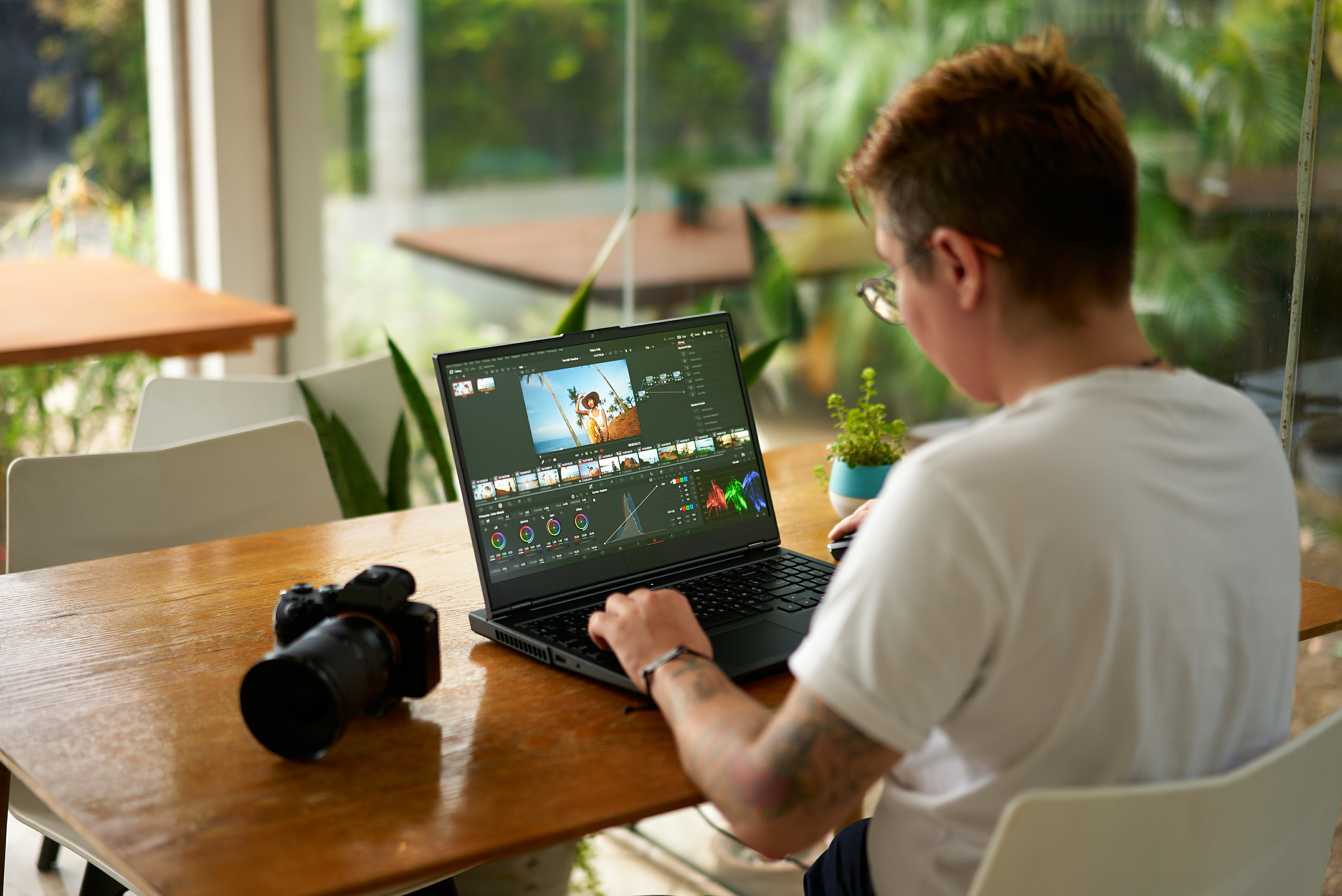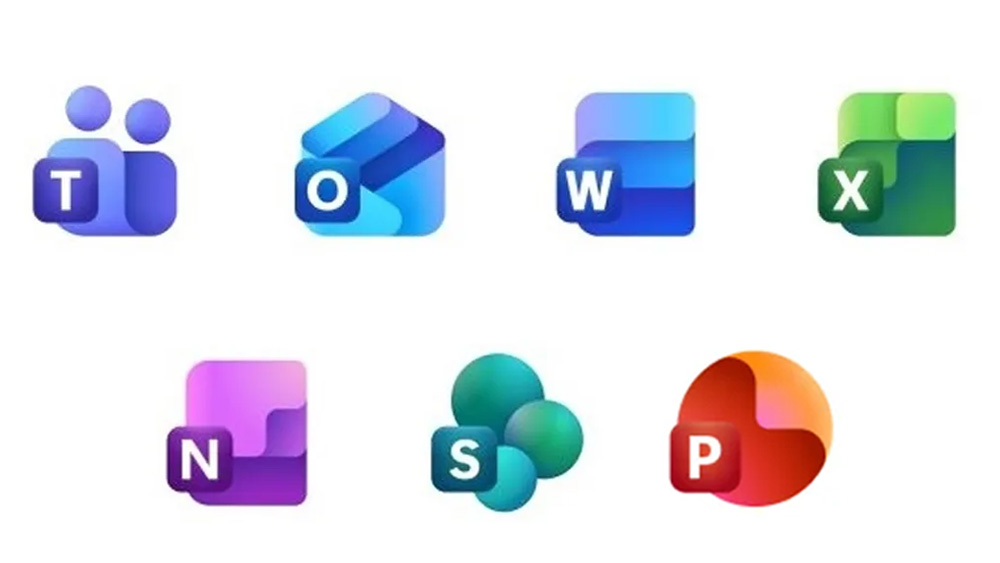The Essential Guide to Choosing the Right Laptop for Video Editing

When it comes to video editing, selecting the right laptop can significantly enhance your workflow and overall efficiency. Unlike general-purpose laptops designed for everyday tasks or gaming, the best laptop for video editing needs to be specifically tailored to handle the demands of high-performance software. As you prepare to invest a considerable sum, its wise to research thoroughly to ensure you acquire a machine that remains capable of supporting the latest video editing software both now and in the foreseeable future. Future-proofing is key, given the rapid advancements in technology.
Fortunately, advancements in laptop speeds and power efficiency have seen remarkable improvements in recent years. As such, theres a diverse array of laptops available that offer sufficient power for video editing, compatible with both iOS and Windows operating systems. Many of these devices can seamlessly connect to external monitors, which is essential for video editors who require high-quality displays.
This article will provide you with all the necessary insights into selecting the perfect laptop for video editing. We will also clarify some technical terminology, ensuring you are well-equipped with the information you need to make an informed decision.
Windows or Mac?
The choice between a Windows laptop and a MacBook often comes down to personal preferenceboth in terms of aesthetics and functionality. However, it is equally crucial to consider your budget and the compatibility of any existing devices with the respective operating system. For instance, if you are already an iPhone or iPad user, opting for a Mac may be more advantageous. Syncing across platforms will be more seamless, and utilizing cloud-based services will feel more intuitive. This connectivity is particularly important when transferring large video files to clients or between different systems.
MacBooks are especially praised for their exceptional build quality, colour-accurate displays, and robust performance. Newer MacBook models are equipped with Apples M-series chipsknown for their impressive processing capabilities and energy efficiency. However, its worth noting that MacBooks often come with a higher price tag. On the other hand, Windows laptops offer a broader range of hardware choices and price points, compatible with a wider variety of software applications. Thankfully, most leading video editing software, including Adobe Premiere Pro and Da Vinci Resolve, is available on both platforms.
Understanding the Central Processing Unit (CPU)
The CPU is often referred to as the heart of your laptop, and it plays a critical role in tasks associated with video editing. The speed of your CPU is directly linked to the smoothness of playback and the efficiency of rendering times. For effective video editing, look for multi-core processors, as they can manage multiple computations simultaneously. Excellent choices include Intels Core i7 or i9 series and AMDs Ryzen 7 or 9 series, both of which provide high clock speeds along with multiple cores.
If you are leaning towards Apples ecosystem, the M1, M2, and M3 processors are considered top-tier in the industry. For most casual users or beginners, the standard versions of these chips will suffice, but professionals might want to consider the Pro and Max versions for advanced needs.
Graphics Processing Unit (GPU)
The GPU takes on the crucial task of rendering images, videos, andimportantly for video editinganimations and transitions. A dedicated GPU is essential for video editing, especially when handling high-resolution footage or complex effects. Popular choices for graphics cards include NVIDIAs GeForce RTX series and AMDs Radeon RX series. Given the high resolution of files that many video editors work with today, investing in a high-quality graphics card can significantly enhance the editing experience, providing smoother playback and faster rendering times.
Neural Processing Unit (NPU)
Neural Processing Units are specialized processors aimed at accelerating machine learning tasks, a feature that is becoming increasingly important as artificial intelligence plays a larger role in creative processes. NPUs can enhance functionalities such as automated colour correction, scene detection, and background removal. While not as critical as the CPU or GPU, having an NPU can be beneficial, especially as editing software continues to integrate AI capabilities. Many modern CPUs come with integrated neural engines; for instance, Apples M-series chips include these engines, optimizing performance for AI-driven tasks.
Random Access Memory (RAM)
RAM is crucial for multitasking during your editing sessions. If your laptop runs out of RAM, you'll notice significant slowdowns, especially when opening programs while others are still running. This can be particularly frustrating if you are juggling multiple projects. Furthermore, RAM manages large files during the editing process, and insufficient memory can lead to software crashes. For HD video editing, a minimum of 16GB of RAM is recommended, while 32GB or more is advisable for 4K editing or projects involving extensive effects.
Storage Solutions
The type and capacity of storage available on your laptop will greatly influence your editing workflow. Solid State Drives (SSDs) have become the standard due to their speed, which is especially crucial when dealing with large video files. For effective real-time editing of high-resolution videos, a minimum of a 512GB SSD is recommended, but ideally, you should aim for 1TB or more. Some laptops offer a combination of SSDs for speed and Hard Disk Drives (HDDs) for additional storage, allowing a balance between performance and capacity. To avoid internal storage becoming overwhelmed, consider investing in some of the best external hard drives available on the market.
Display Quality Matters
While one might assume that an external monitor is a necessity for video editing, recent advancements in laptop screens have led to significant improvements. Both Windows and Mac options now feature displays that provide the colour accuracy and detail necessary for precise video editing. A minimum resolution of Full HD (1920x1080) is essential, but 4K displays provide even greater clarity, which is needed when working with high-resolution files. Its vital to look for screens that boast high colour accuracy and cover colour gamuts like sRGB or Adobe RGB. An IPS screen is also advisable, as it typically offers superior colour reproduction and wider viewing angles.
Cooling System Efficiency
Video editing is an intensive task that consumes significant power and generates heat. Thus, the laptop's ability to manage heat is crucial. As devices have evolved, so too have the cooling systems designed to prevent performance throttling and damage to components over time. Many modern laptops now incorporate efficient thermal management systems, featuring advanced cooling technologies such as multiple heat pipes, high-quality fans, and intelligently designed ventilation systems, which collectively enhance cooling performance.
Budget Considerations
Price is undeniably a significant factor when selecting a laptop for video editing. High-performance laptops equipped with powerful specifications can be quite costly. Ultimately, finding a balance between your budget and system requirements is essential. Many individuals tend to purchase machines that far exceed their needs, so conducting thorough research is crucial to ensure you make the right choice.
For those entering the realm of video editing, expect to invest between 450 and 800 for an entry-level system capable of HD editing. Mid-range systems that facilitate smoother and more efficient editing typically range from 1000 to 1800, while professionals seeking top-tier performance can expect to spend upwards of 2500. Additionally, consider the upcoming generation of technology; buying at strategic times can help you avoid frequent upgrades, thereby prolonging the lifespan of your device.























